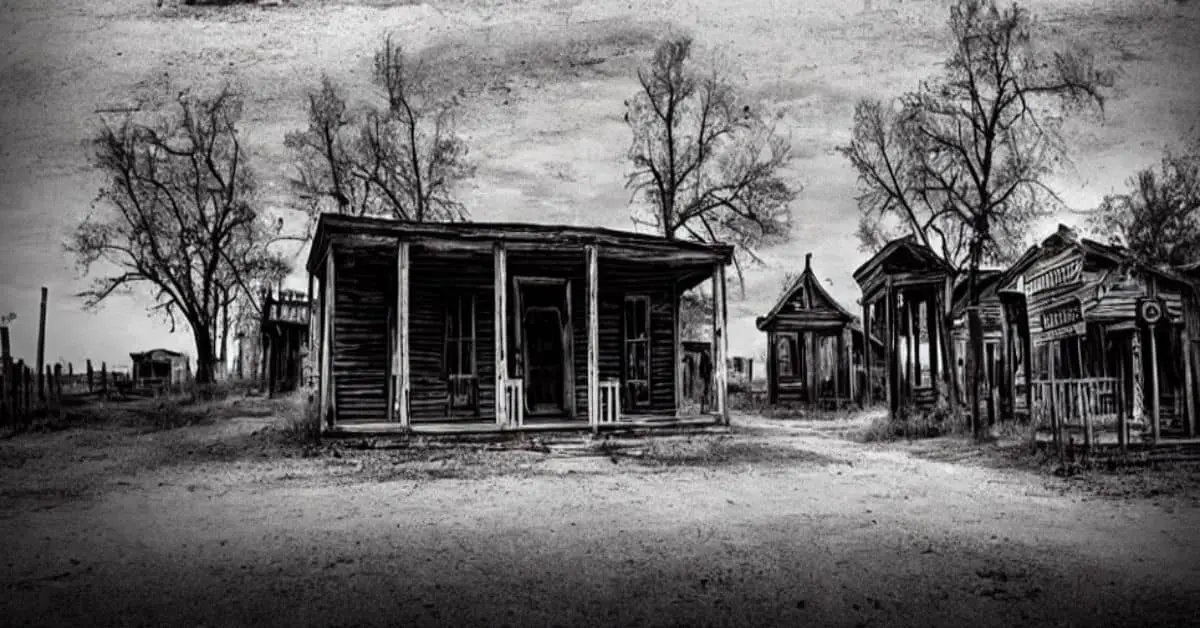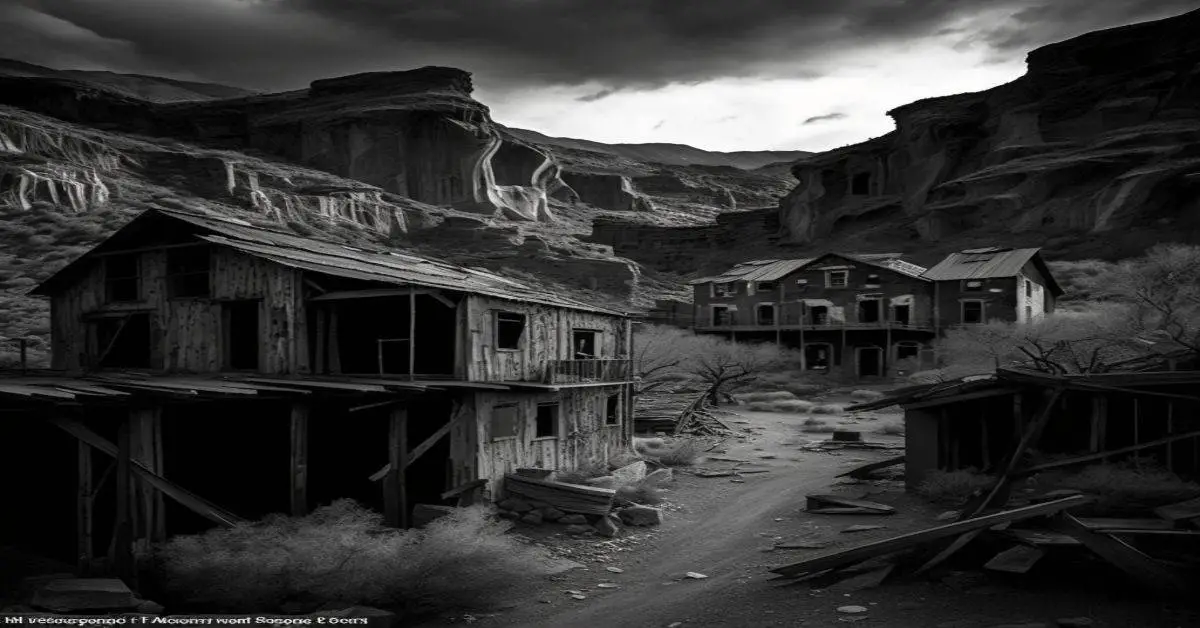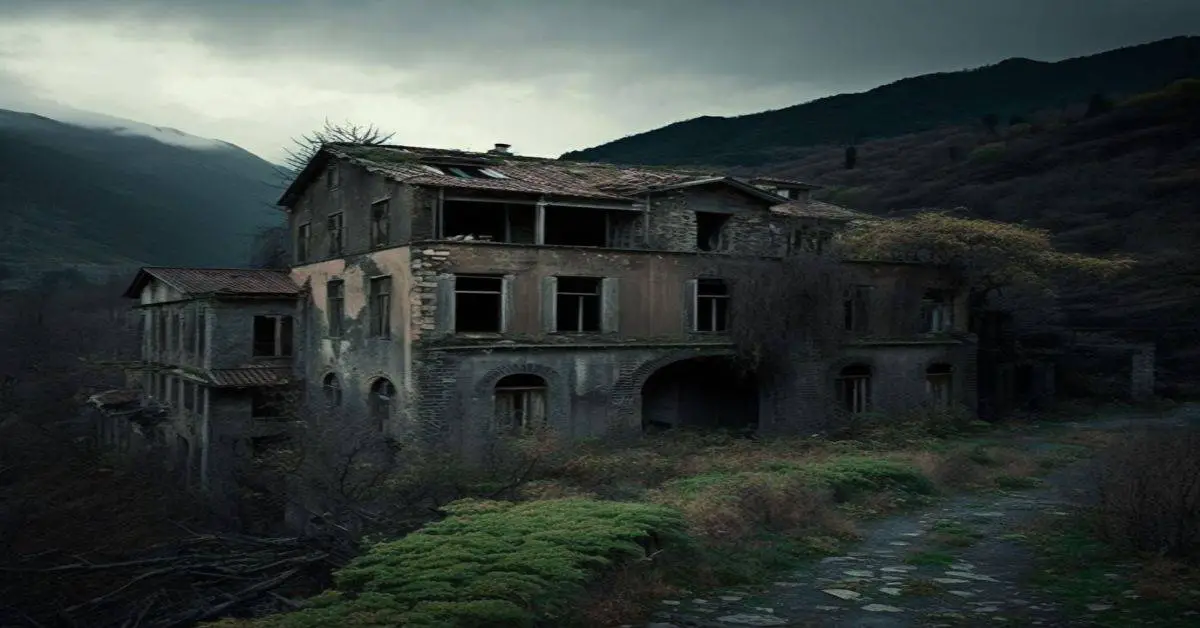California’s past is rich with stories of towns that have risen and fallen around the state’s natural resources. Many of these towns were also built around the railroad, a crucial transportation network for people and goods in the late 19th and early 20th centuries.
Yet, as time has passed, many of these once-thriving railroad towns have been forgotten, left to fade into obscurity and become ghost towns. Four of these forgotten towns on the Tonopah Tidewater Railroad are Silver Lake, Riggs, Valjean, and Sperry.
The rise and fall of these railroad towns provides a unique insight into the impact that transportation had on the development of California. From the late 1800s to the early 1900s, railroads played a pivotal role in California’s growth, connecting isolated communities and facilitating the movement of goods and people.
The Tonopah Tidewater Railroad was one route connecting California’s Mojave Desert to the mining towns of Tonopah and Goldfield in Nevada. The railroad brought prosperity to these towns, but as the mining industry declined, so did the railroad towns’ fortunes.
Today, these towns stand as a testament to California’s past, a reminder of transportation’s role in shaping the state’s history.
Key Takeaways
- Railroad towns in California rose and fell around natural resources and the railroad, providing insight into transportation’s impact on California’s development.
- The Tonopah Tidewater Railroad connected isolated communities and facilitated the movement of goods and people, bringing prosperity to towns but also leading to decline when the mining industry declined.
- Silver Lake, Riggs, Valjean, and Sperry were established as railroad towns, with transportation advancements playing a significant role in their development.
- Preserving cultural heritage and historical significance is crucial, as it allows us to learn about diverse groups of people brought together by the railroad and remember the impact of progress on small communities.
Towns and Railroad History
Silver Lake, Riggs, Valjean, and Sperry were all established as railroad towns on the Tonopah Tidewater Railroad, which played a crucial role in transporting goods and people in California in the late 1800s and early 1900s.
The railroad culture in these towns was centered around the transportation industry, with the railroad being responsible for the influx of people and goods into the area. The towns likely had unique cultures and ways of life, as people from all over the country came to live and work in these communities.
The impact of the railroad on these towns was significant, with the transportation industry being the main source of income for many families and individuals. However, the collapse of these towns when the railroad tracks were removed would have devastated those who lived there.
Despite this, the towns of Silver Lake, Riggs, Valjean, and Sperry stand as a reminder of California’s history and the impact of progress on small communities.
Impact on Development
Transportation advancements played a significant role in developing California’s forgotten railroad towns. The Tonopah Tidewater Railroad, which ran through Silver Lake, Riggs, Valjean, and Sperry, was responsible for transporting goods and people. The railroad allowed for the growth of these towns, providing them with access to resources and facilitating commerce.
Silver Lake, in particular, likely served as a hub for transportation, with the railroad passing through its center. However, as transportation technology advanced, the need for the Tonopah Tidewater Railroad diminished, and the tracks were eventually removed.
This led to the displacement of these communities as people moved on to other areas with better transportation options.
The collapse of these once-thriving communities may have been devastating for the families and individuals who called them home. The impact of community displacement cannot be underestimated, and the loss of cultural identity and way of life is significant.
However, the remains of these towns serve as a reminder of the impact of progress on small communities. The transient nature of life and the importance of preserving history for future generations are also evident. These forgotten railroad towns are now a tourist attraction, offering a glimpse into California’s past and transportation’s role in its development.
Preserving the Past
Preserving the cultural heritage and historical significance of California’s forgotten railroad towns is crucial in ensuring that their impact on small communities is not forgotten. These towns were once thriving communities with unique cultures and ways of life, and their collapse may have been devastating for the families and individuals who called them home.
By preserving their remains and history, we can better understand the impact of progress on small communities and the transient nature of life. Historical significance is not just about preserving the physical remains of these towns, but also about preserving the stories and memories of the people who lived there.
These towns likely had a rich cultural heritage worth preserving for future generations. Through cultural preservation, we can learn about the diverse groups of people who were brought together by the railroad and the impact that this had on the development of California.
By remembering the past, we can ensure that the stories of these forgotten communities are not lost to time and that their impact on California’s history is not forgotten.
Frequently Asked Questions
What industries were present in the towns besides transportation?
There is no information available regarding the industries in Silver Lake, Riggs, Valjean, and Sperry besides transportation. However, it is possible that agriculture and mining were present, given their prevalence in other areas of California during the time period.
What was the demographic makeup of the towns’ populations?
The demographic makeup of Silver Lake, Riggs, Valjean, and Sperry is unknown. However, it can be assumed that the towns had a diverse population, influenced by the railroad’s transportation of people from various regions. These towns likely had unique cultures and ways of life.
Were there any notable events or individuals associated with the towns?
While there is little information on notable events or individuals associated with the ghost towns of Silver Lake, Riggs, Valjean, and Sperry, their historical significance lies in their cultural impact on California’s railroad history and development.
How did the towns’ economies change after the railroad tracks were removed?
The removal of railroad tracks had a significant economic impact on the towns of Silver Lake, Riggs, Valjean, and Sperry. The loss of transportation and commerce led to community displacement and likely devastated the towns’ economies and residents.
What efforts have been made to document the towns’ histories and preserve their artifacts?
Efforts to preserve the forgotten railroad towns’ legacies include oral histories and museum exhibits. Community engagement is important for documenting the unique culture and way of life in these towns, and preserving their artifacts for future generations.




